How to breed chicken manure for feeding tomatoes and fertilize correctly
For dressing, along with mineral fertilizers, organic fertilizers are traditionally used: mullein, manure, chicken droppings (aka chicken, chicken manure). The latter is more valuable in composition. For feeding tomatoes, chicken manure is bred, soaked, and brought in dry. The effect is felt within 2-3 years, and the result is visible after 2 weeks. Almost all garden plants can be fertilized with bird droppings: vegetables, berry bushes, fruit trees.
Application of chicken manure before and after planting seedlings
A good technique is to fertilize the soil with chicken before planting seedlings in open ground. The litter (at the rate of 3.5 kg per 1 m²) is evenly scattered over the garden bed and the soil is dug up to deepen the fertilizer and mix it with the ground. Liquid fertilizer is applied 6 liters per 1 m².
Important! It is not permissible to feed tomatoes with undiluted fresh poultry droppings. Also, when planting seedlings, it is impossible to place top dressing in a hole prepared for the plant.
Tomatoes are supported in early spring with 4 or 6 kg of 1 m of pure chicken2, which are mixed with peat or diluted with water. Liquid chicken manure, to feed tomatoes, is prepared from dry or fresh chicken: 1.5 kg for every 10 liters of water. The plant is watered with fertilizer immediately after preparation, 0.7-1 l of the nutrient mixture for each bush.
Advice! To exclude the burn of tomatoes with chicken droppings, liquid top dressing is applied after abundant watering of the bush with water or rain.
Harvesting from fresh droppings
One of the simplest recipes for liquid fertilizer: collect 1 liter of fresh or already dried chicken manure, pour 20 liters of water. Leave the resulting suspension in the garden, away from home - ventilate. After 10 days, the fertilizer will be ready. Apply it by watering the aisle.
Infusion
Some farmers prefer to water tomato bushes with chicken manure infusion.
It is prepared:
- dissolving dry or liquid chicken in water in equal parts;
- insisting in a warm place for several days.
To prevent the specific smell of fermentation and urea from spreading from manure, the container is closed with a lid.
The fermented infusion, to use, is still diluted (1 part of the concentrate to 10 parts of water). The infusion is stored for a long time, so it is convenient to prepare it for future use.
During the cultivation of tomatoes, the infusion is recommended to be used twice: 20 days after planting the seedlings and after the next 30-35 days.
Compost
Since fresh chicken manure is not recommended due to possible burns of plants, gardeners use this recipe:
- sawdust is poured into the prepared place in an even layer;
- poultry manure is spread on top with a layer of up to 20 cm;
- sprinkle sawdust again;
- lay out the chicken again;
- sprinkle on top with a layer of straw and earth.
After the interaction of the layers for a month and a half, the resulting compost is ready for use.
For next year's harvest, fertilizer is prepared in compost pits. The chicken is mixed with earth and placed in a prepared pit, at the bottom of which there is already a grass covering from the tops of the harvested crop. The next year, the rotted chicken is mixed with sawdust, straw, peat and is used as a top dressing for tomatoes in the open field and on greenhouse beds.
Advice! To reduce the unpleasant odor coming from the compost pit, sprinkle it with a layer of soil or straw or a mixture of both.
It is also convenient to apply bird droppings in the fall during digging of the soil - a dry chicken is scattered over the ground, for uniform fertilization, the layer is leveled with a rake.Experienced farmers pre-wet the manure with water.
Is it possible to feed tomatoes with chicken in a greenhouse
For planting tomatoes, it is advisable to use not fresh chicken, but fermented chicken. Thanks to him, the beds are obtained with a warming effect and help tomatoes planted in the greenhouse withstand spring frosts.
How to properly prepare a warm garden bed in a greenhouse:
- This is done in the fall.
- A layer of soil is removed from tomato beds and a natural insulation is spread: straw, sawdust, spruce legs or needles.
- Spread 8-12 cm of fresh manure on top and cover with the removed greenhouse soil.
- Watering.
- Cover with plastic wrap.
Tomatoes in such beds can be planted earlier than usual.
Benefits and fly in the ointment
Chicken manure is distinguished by its rich elemental composition, availability, and low price. Its advantages also include:
- lack of toxic substances;
- long-term, up to 3 years, improved soil composition;
- acceleration of fruit ripening;
- property to reduce soil acidity;
- ease of use;
- increasing plant resistance to diseases.
Tomatoes need nitrogen for good growth and fruiting. But if it is in excess in the soil, the fruit ovary stops, and the plant gains a green mass, “fattens”. With an excessive introduction of chicken, which is signaled by tomato bushes rapidly growing into growth without flowering and ovaries, it is necessary to abandon feeding. Otherwise, you may be left without a crop.
There are several more "minus" aspects of feeding with chicken - plants with a high concentration of droppings get burns and get sick. Pathogens are often found in manure, and tomato bushes after feeding can get sick. With droppings, weed seeds get into the soil, and you have to devote more time to weeding.
Summer residents, agrarians, vegetable growers who care about their health tend to use natural, organic fertilizers. Poultry manure with a rich composition has become one of the most popular natural fertilizers - it is easy to use, affordable, and effective. But if it is used incorrectly, the yield decreases, the tomato bushes get burns and get sick. To avoid negative consequences, fertilizer must be applied correctly.
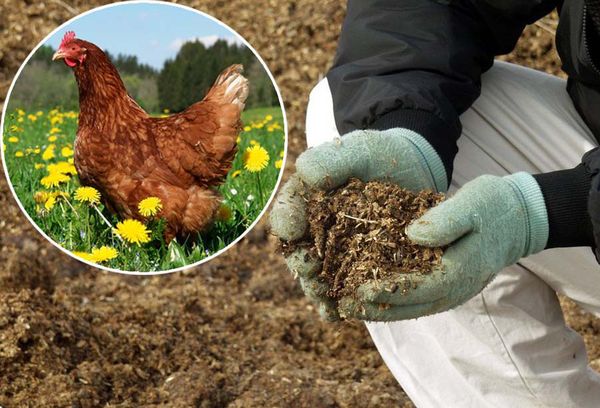
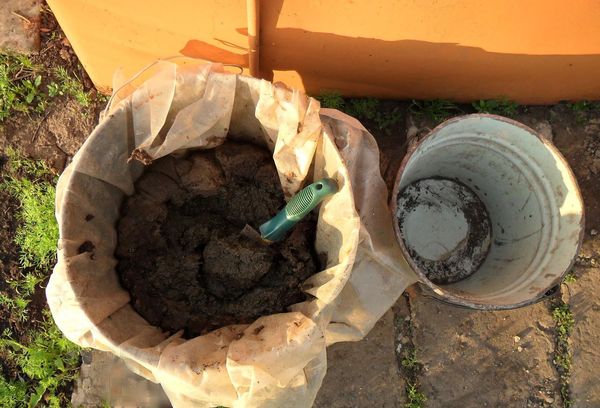
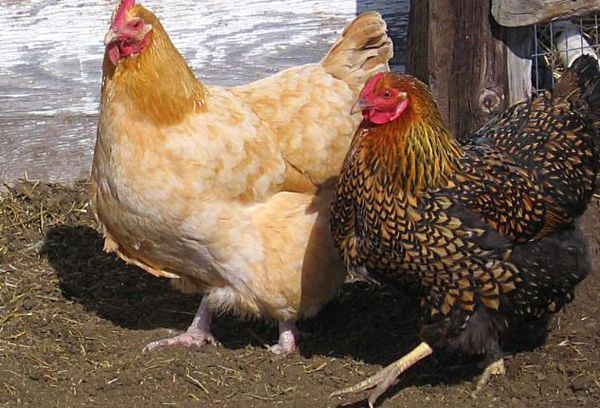
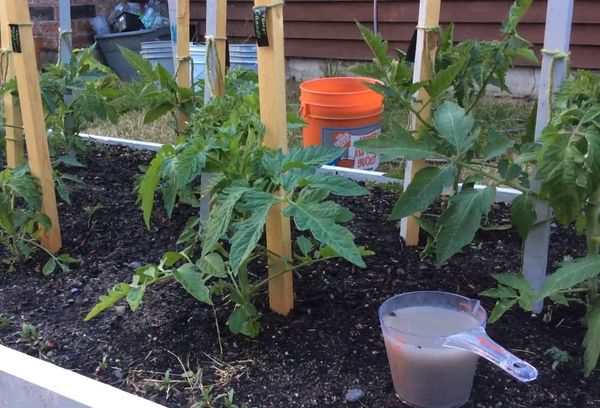
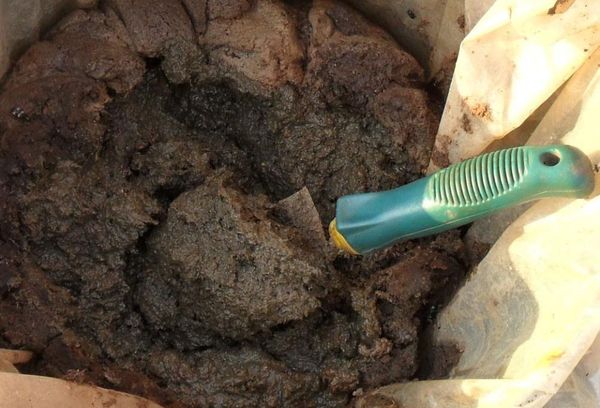
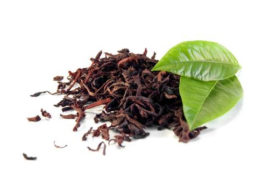
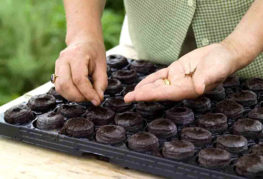
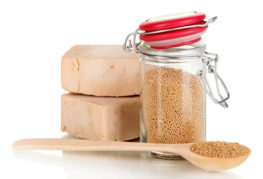
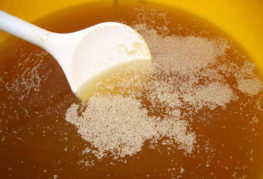
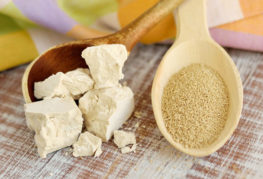
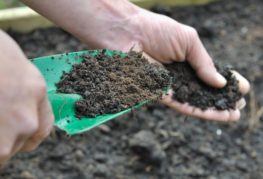
and will be published shortly.